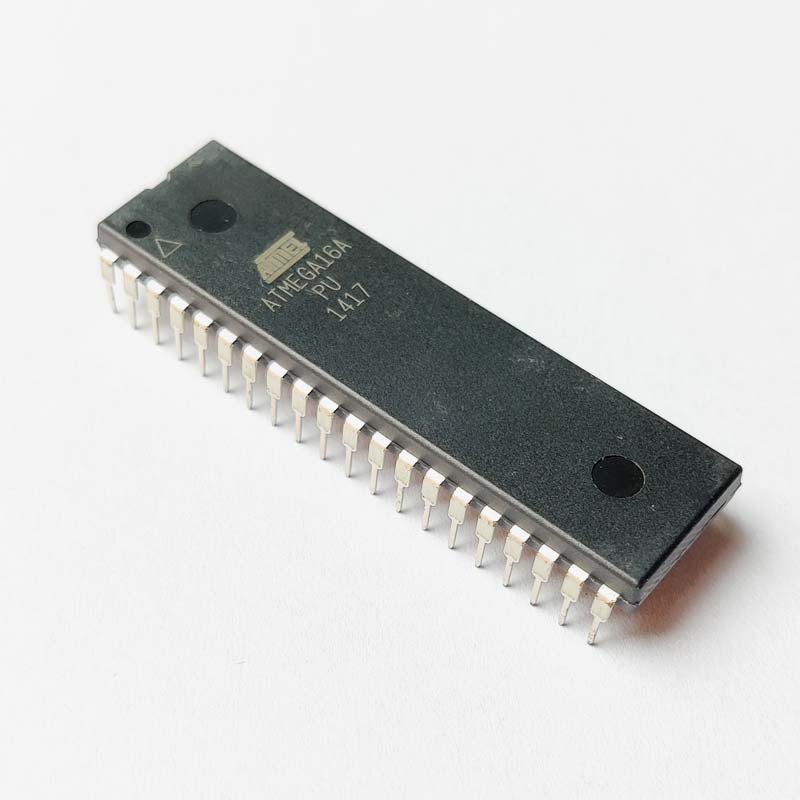Clone Protected Microcontroller ATmega16A Flash Heximal
Clone Protected Microcontroller ATmega16A Flash Heximal and readout software from atmega16a flash memory after crack atmega16a secured mcu fuse bit by focus ion beam;

The lower 1120 Data memory locations address the Register File, the I/O Memory, and the inter- nal data SRAM. The first 96 locations address the Register File and I/O Memory, and the next 1024 locations address the internal data SRAM.
The five different addressing modes for the Data memory cover: Direct, Indirect with Displacement to readout secured mcu atmega16a flash memory, Indirect, Indirect with Pre-decrement, and Indirect with Post-increment. In the Register File, registers R26 to R31 feature the indirect addressing pointer registers.
The direct addressing reaches the entire data space.
The Indirect with Displacement mode reaches 63 address locations from the base address given by the Y-register or Z-register.

When using register indirect addressing modes with automatic pre-decrement and post-increment, the address registers X, Y and Z are decremented or incremented to unlock atmega16a microcontroller flash code. The 32 general purpose working registers, 64 I/O Registers, and the 1024 bytes of internal data SRAM in the ATmega8 are all accessible through all these addressing modes.
The ATmega16A contains 512bytes of data EEPROM memory. It is organized as a separate data space, in which single bytes can be read and written. The EEPROM has an endurance of at least 100,000 write/erase cycles. The access between the EEPROM and the CPU is described below, specifying the EEPROM Address Registers, the EEPROM Data Register, and the EEPROM Control Register.

